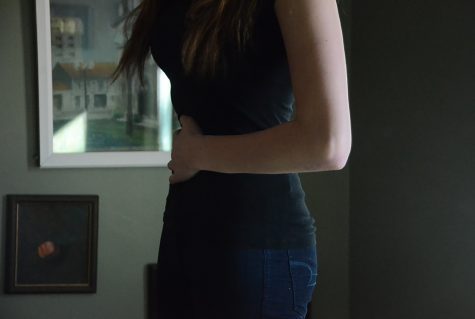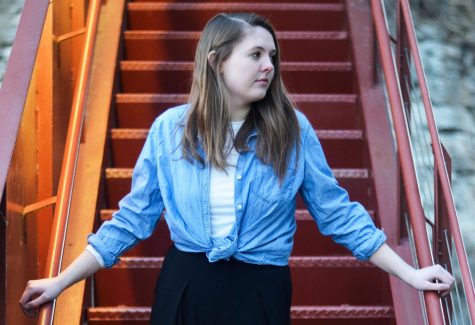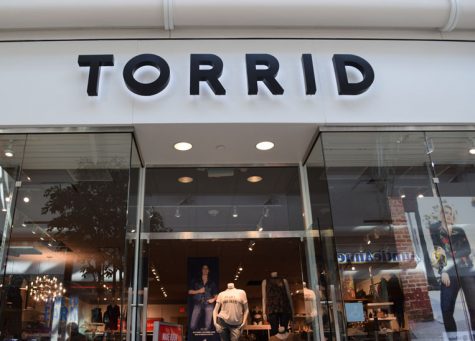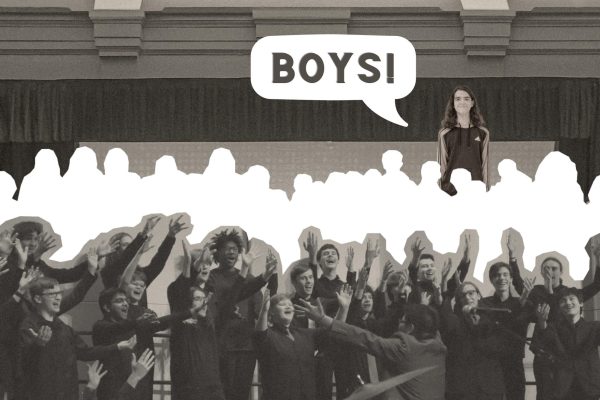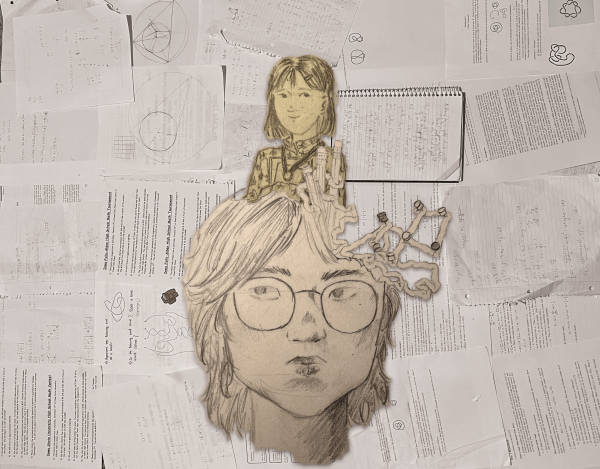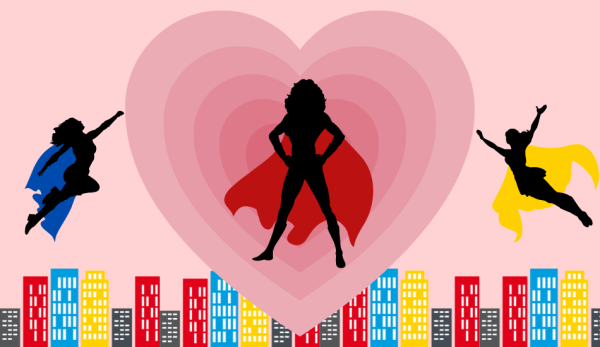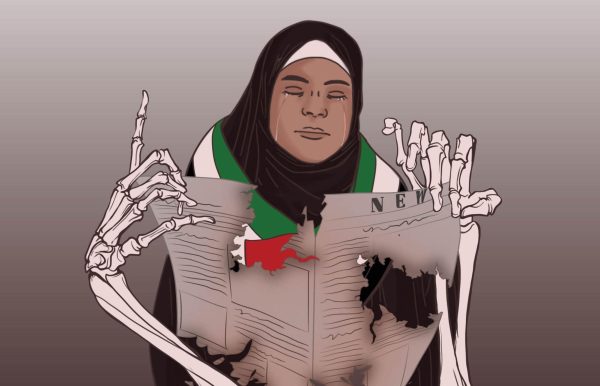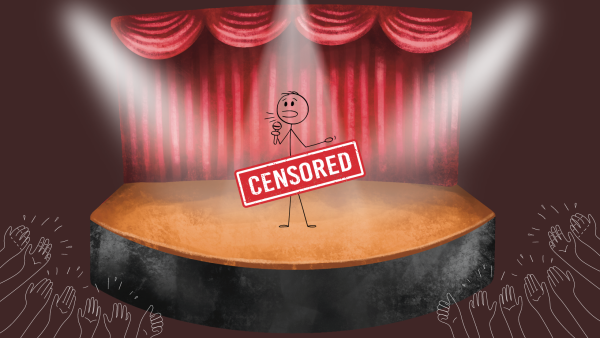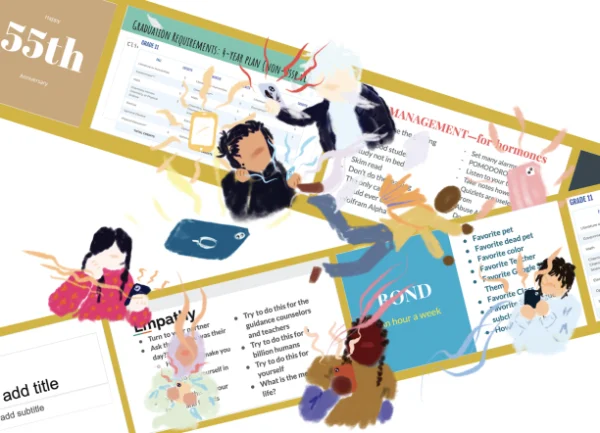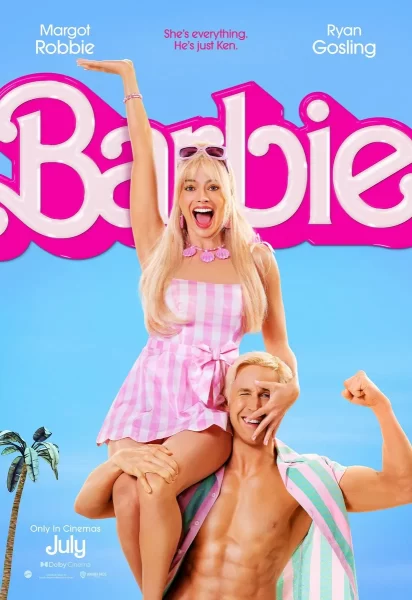The repeal of diversity in fashion
The fashion industry is reversing model inclusion by cutting corners and creating “digital models,” models completely computerized, in an attempt to lower the necessity and cost of real women.
Just as the fashion industry begins to include more models considered plus size in campaigns and magazine spreads, preaching the beauty in differences and imperfections, the fashion industry has taken a big step backwards.
CNBC released a video in mid-August revealing the faces of Shudu and Miquela, two digitized models branded as the new faces of the fashion industry. Termed “virtual brand ambassadors” by the CNBC reporter, Shudu and Miquela will soon be incorporated into social media campaigns and photo shoots, including Shudu’s most recent Vogue Australia magazine spread and Balmain partnership.
The nearly $2 trillion fashion industry hopes to eventually replace models with digital designs out of convenience, raising ethical questions.
From a fashion perspective, the idea of creating perfect models with computers is disappointing and unsettling. Just from the first glance of Shudu, the first of the two digital models, it’s apparent that she’s beautiful, created to be flawless in every aspect, but clicking through her Instagram photos is off-putting.
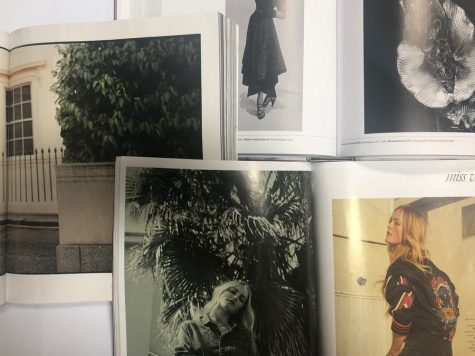
WSS reporter Sophie Stephens shares her opinions on the increasing use of digital models in the fashion industry.
Although the artwork and design skills used in her creation are incredible, there are qualities of a person that are hard to replicate with computers. Shudu’s facial expressions seem soft and her eyes don’t seem as lively as a real model’s would. As for Miquela, the second of two digital models, her features are even farther from realistic than Shudu’s, their faces looking more like American Girl dolls than living people.
Combine their unsettling appearances with the fact that their Instagram accounts (Miquela with 1.4 million followers and Shudu with 139 thousand) are active and are made to look like the two were living people with daily habits and lives is eery. Because their characteristics already have an unusual feeling, the way their social media is used to portray normal life–like Miquela’s Spotify updates and tourist photos.
From a journalist’s perspective, I have reservations about the use of completely fictionalized “people” to represent brands and ideals to readers. It comes down to the question of credibility and ethics. If publications start using these digital models, the ethical promise journalists give to present the truth every time could be jeopardized.
Will readers be notified that the models used were digitized, or will they be led to believe that Shudu and Miquela actually walked into the studio? Without more than a glance it would be easy to mistake the girls as real. Rumor has it that a photo of Shudu representing a makeup brand was reposted without the company knowing she was digitized.
If designers begin to rely on computers to create the “perfect” image, it creates an expectation that the readers must receive perfection in every single shot. The line gets blurred as more and more photos are edited to be “better” or “cleaner” than the original image, to the point where it is acceptable to use a completely fabricated image. Personally, I would find my trust lacking in a publication that uses images completely crafted on a computer software.
In my opinion, using digital models is impractical and reverts to the system where every model seen in a magazine or on Instagram is stick thin, incredibly tall and flawless. A future that contains digital models in the fashion world is one where the progress made to celebrate differences and embrace variation in shape and size is gone, covered up by perfect models that don’t even actually exist, but are still seen as “ideal,” “perfect” and attainable.
Your donation will support the student journalists of West High School. Your contribution will allow us to purchase Scholarship Yearbooks, newsroom equipment and cover our annual website hosting costs.

Sophie Stephens is a senior at West; this is her second year on staff and her second year as an editor. She is the managing editor for the website and...


